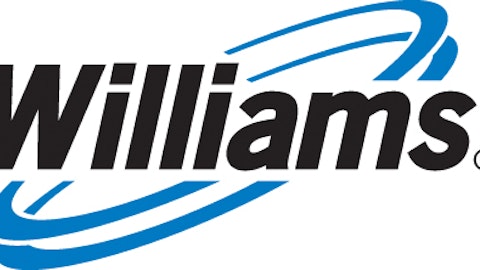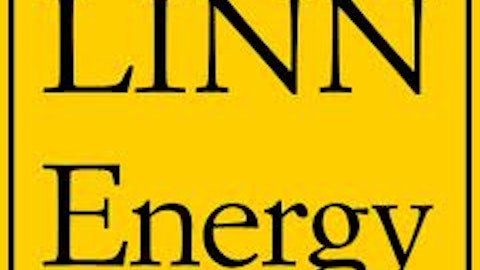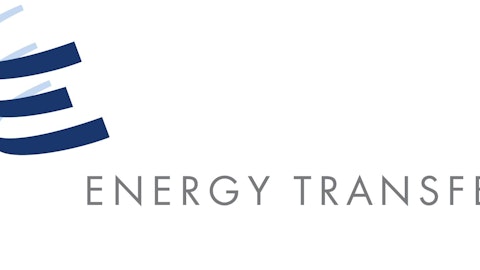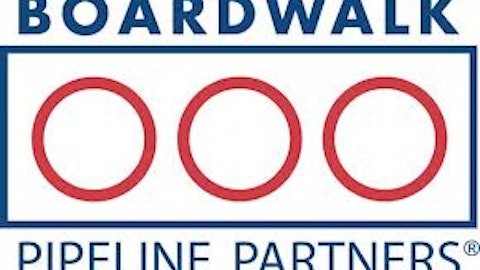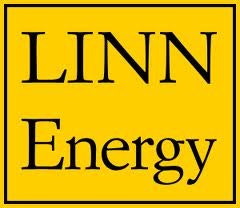
What’s the distribution coverage ratio?
LINN is guiding for a distribution coverage ratio of 1.08 times for the fourth quarter and 1.14 times for the full year. The company’s ability to exceed these targets is what will enable the company to increase its distribution at some point in 2013. I don’t know about you, but I’m not one to complain about a pay raise. The higher the ratio is above 1.1 times, the more likely the company will be to boost its payout.
Distribution coverage ratios vary across the MLP space. For example, Midstream giant Enterprise Products Partners L.P. (NYSE:EPD) has retained nearly 30% of its distributable cash flow by maintaining a near 1.3 times distribution ratio since its IPO. The company has used that cash to reinvest into projects to grow the partnership. If LINN holds back more capital, that means the company believes it can earn investors a much better return by reinvesting it on their behalf.
What’s the 2013 outlook for growth capex?
LINN should provide some insight into its growth plans for the year ahead which likely will affect that distribution coverage ratio. Acquisitions will always be a big part of LINN’s growth model; however, organic growth by drilling will increasingly play an important role. LINN has several thousand low-risk and liquids-rich future drilling locations that it can continue to allocate capital to develop. Investors should watch to see how much capital the company is devoting as well as which operating areas will be getting a bulk of that capital.
Last year, LINN guided that it would spend $880 million to participate in the drilling of 340 wells. That capital was to yield a 20% year-over-year organic growth in production. Investors should look to see how well LINN hit those targets which should give some insight into how likely it will be to achieve its 2013 goals.
How are the reserves holding up?
LINN looks to have ended 2012 with 5.1 trillion cubic feet equivalent of reserves. This is up from the 3.3 trillion cubic feet equivalent of reserves it ended with in 2011. Any reserves the company was able to add outside of those it acquired would be a nice addition to the company’s long-term valuation.
This means that the company will be able to economically produce more oil and gas from its existing asset base than was previously estimated. It also means that the income from wells won’t run dry as fast as previously thought, which is a great help to the company as it continues to pay and grow its distribution.
My Foolish take
Look for LINN’s distribution coverage ratio to be slightly above 1.1 times. Commodity prices were a bit higher than the company’s guidance forecasts, which means that it likely made a bit more money selling its oil and gas in the quarter. What’s not likely is any mention of a distribution increase; the company just announced a static payout last month. Instead, look for a bump up in the company’s capex budget, probably to over a billion dollars in the year ahead. Finally, make sure LINN was able to replace more than 100% of its production outside of the reserves added by acquisition. LINN energy investors should continue to do well as long as the company’s answers to these three questions are in the same vicinity as my forecasts.
The article 3 Things to Watch When LINN Energy Reports originally appeared on Fool.com and is written by Matt DiLallo.
Fool contributor Matt DiLallo owns shares of Enterprise Products Partners L.P., LINN Energy, LLC, and LinnCo, LLC. The Motley Fool recommends Enterprise Products Partners L.P.
Copyright © 1995 – 2013 The Motley Fool, LLC. All rights reserved. The Motley Fool has a disclosure policy.

